Optimal Timing for Split Rail Fence Installation
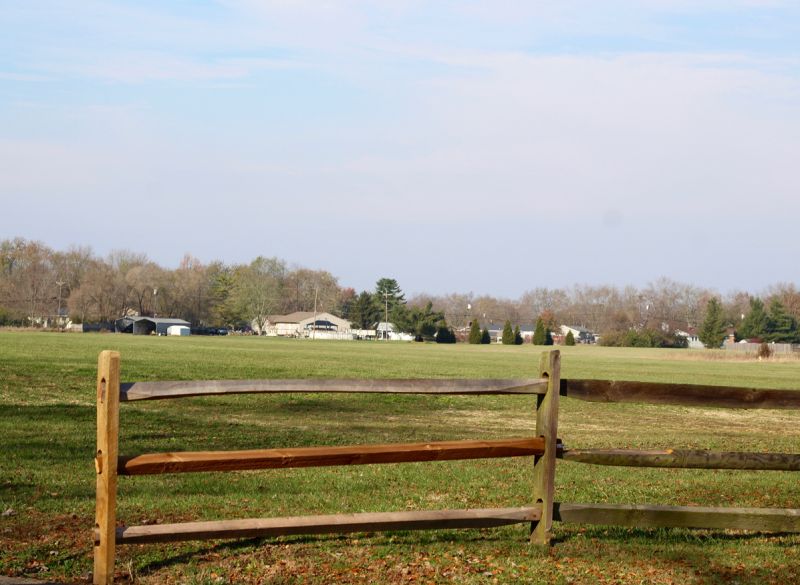
Spring offers favorable weather conditions for installing split rail fences, with moderate temperatures and minimal rainfall.
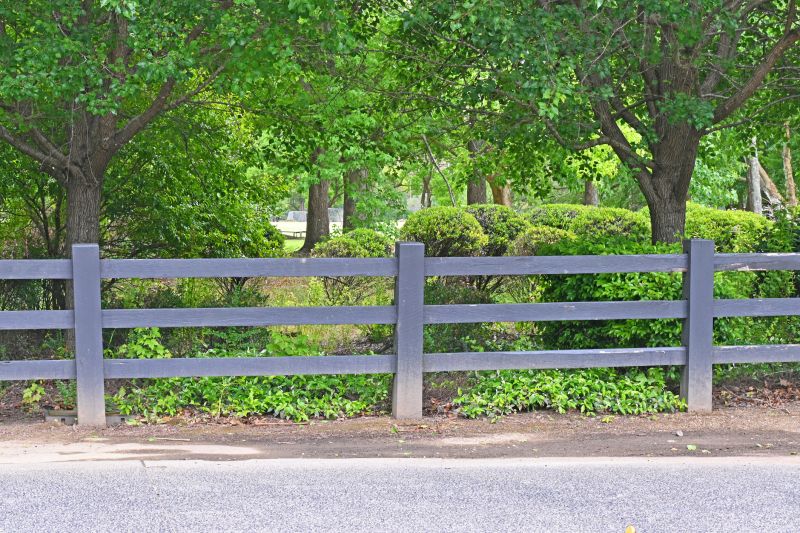
Summer allows for flexible scheduling, but high temperatures may require early morning or late evening work.
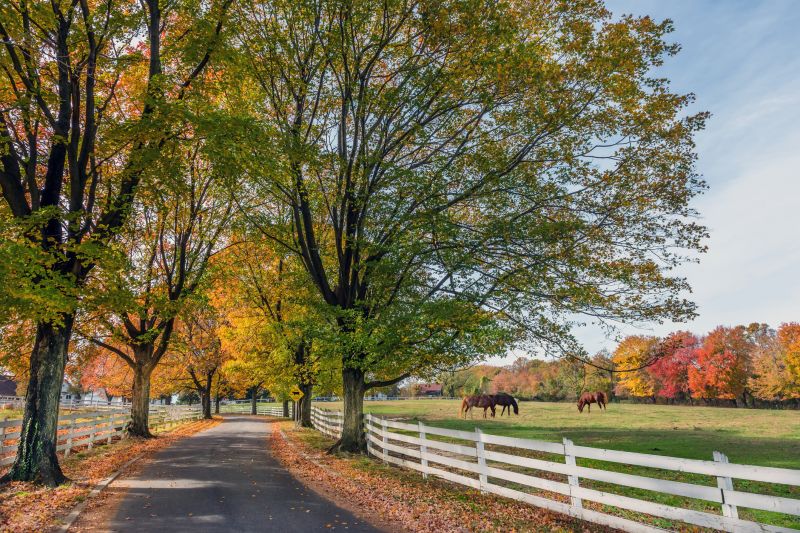
Autumn provides cooler temperatures and dry conditions, ideal for fence installation before winter.
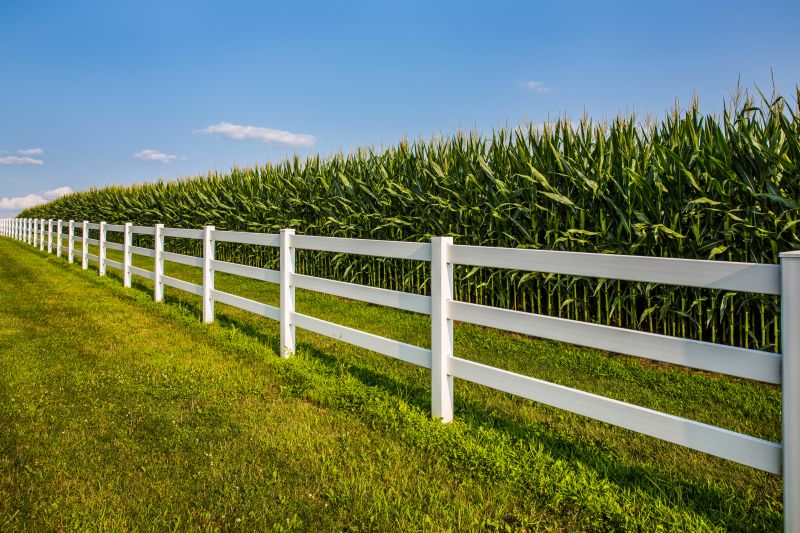
Ways to make Split Rail Fencings work in tight or awkward layouts.
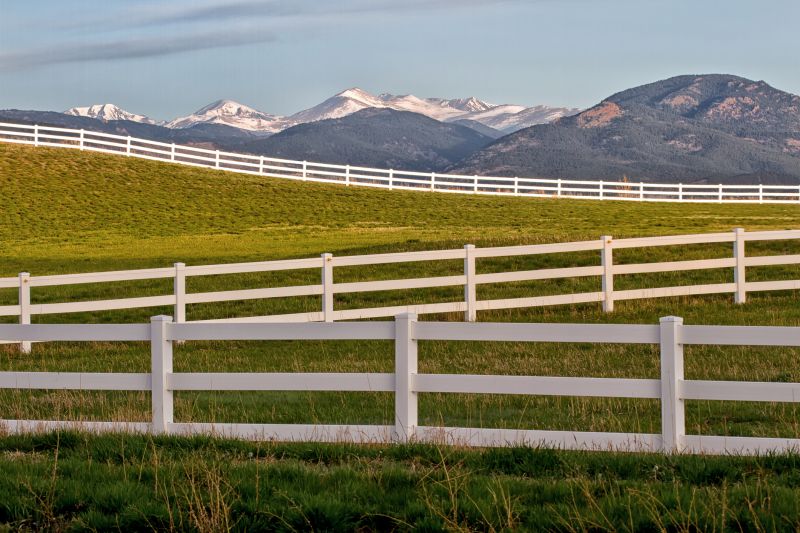
Popular materials for Split Rail Fencings and why they hold up over time.
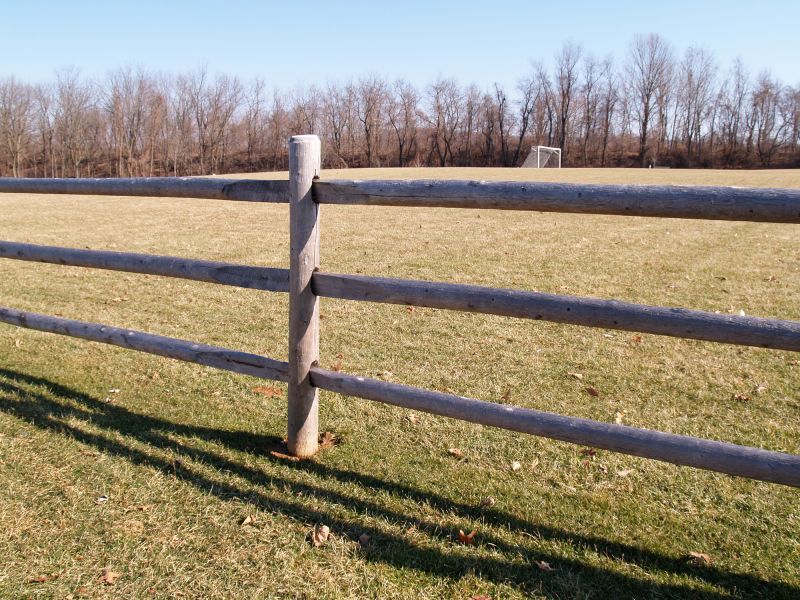
Simple add-ons that improve Split Rail Fencings without blowing the budget.
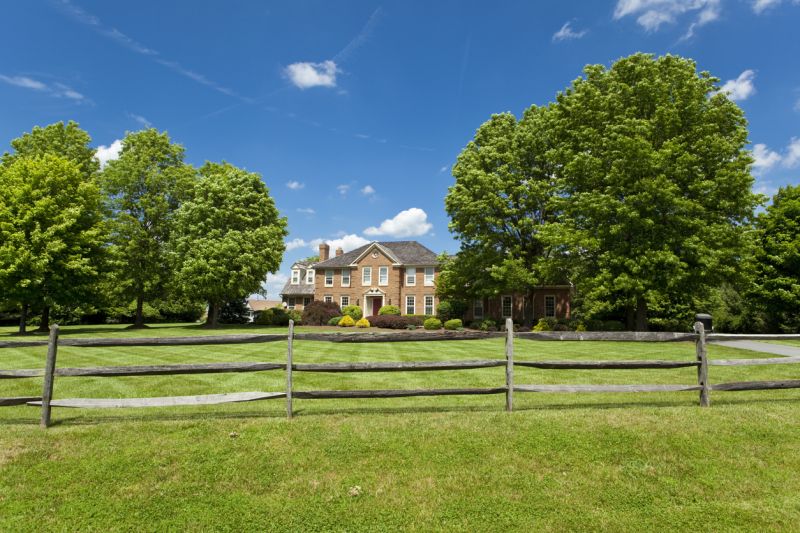
High-end options that actually feel worth it for Split Rail Fencings.
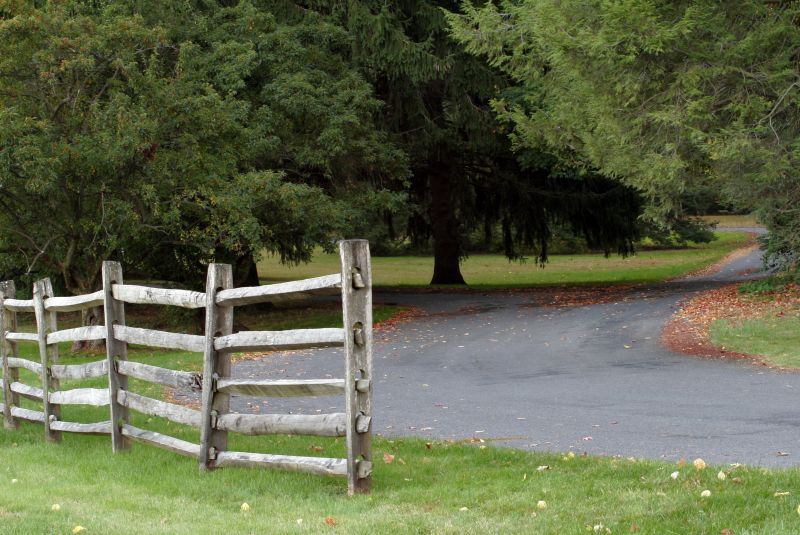
Finishes and colors that play nicely with Split Rail Fencings.
Split rail fencing is a traditional fencing method characterized by horizontally laid rails supported by vertical posts. It is commonly used for delineating property boundaries, containing livestock, or enhancing landscape aesthetics. The durability of split rail fences depends on factors such as wood type, climate, and maintenance practices. They are valued for their rustic appearance and ease of installation. Proper timing ensures optimal conditions for setting posts and securing rails, extending the lifespan of the fence.
Statistics indicate that installation during seasons with minimal moisture and moderate temperatures reduces wood warping and post decay. Approximately 60% of installations occur in spring and autumn when weather conditions are most favorable. Summer installations are feasible but may require precautions against heat stress, while winter is generally avoided due to frozen ground and increased difficulty in setting posts.
Dry, moderate temperatures help prevent wood swelling and cracking during installation.
Favorable soil moisture levels facilitate proper post setting and stability.
Installing fences before harsh weather ensures easier maintenance and repairs later.
Spring and autumn are preferred for their optimal weather, while summer and winter pose challenges.

A newly installed fence during spring with lush surroundings.
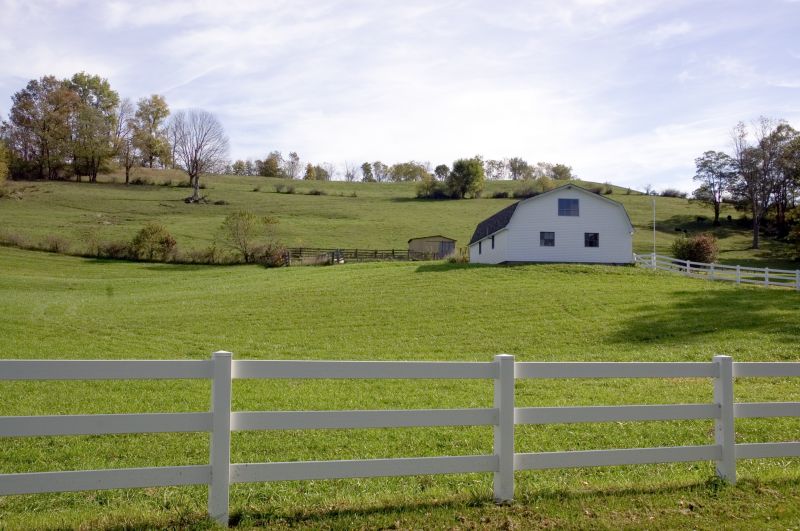
A fence installation in progress on a warm summer day.
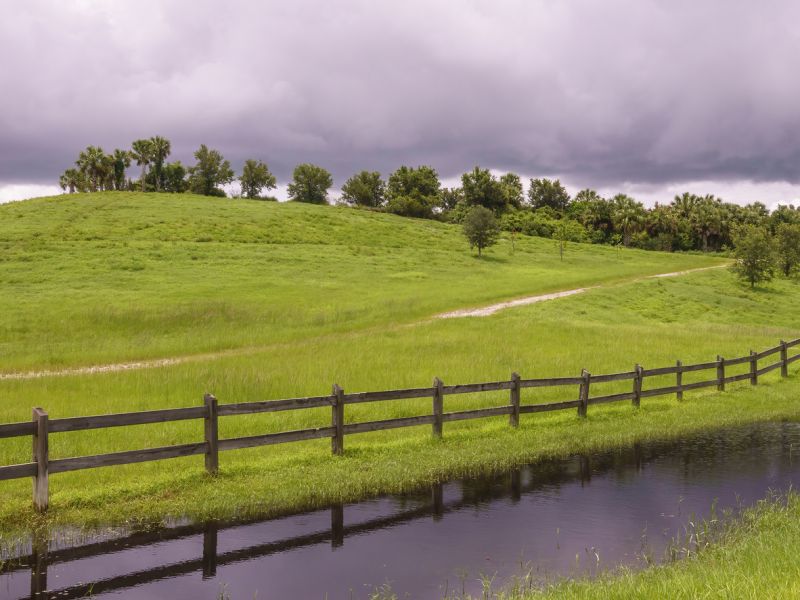
A rustic split rail fence amidst fall foliage.
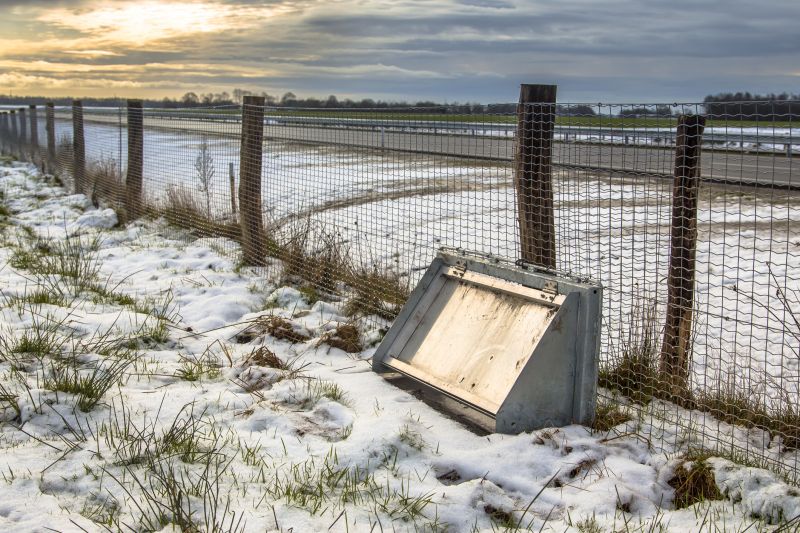
A partially completed fence with snow in the background.
| Season | Advantages |
|---|---|
| Spring | Moderate weather, minimal rain, ideal for installation. |
| Summer | Longer daylight hours, flexible scheduling, but watch for heat. |
| Autumn | Cooler temperatures, dry conditions, good for setting posts. |
| Winter | Generally avoided due to frozen ground and weather challenges. |
Choosing the right time for installing split rail fencing can influence its longevity and appearance. Proper planning around seasonal weather patterns ensures that the fence is installed under conditions that minimize wood warping, post shifting, and other issues. Consulting local climate data and soil conditions can help determine the most suitable period for fencing projects.
Interested in installing split rail fencing? Filling out the contact form can provide tailored guidance based on local conditions and project specifics.



